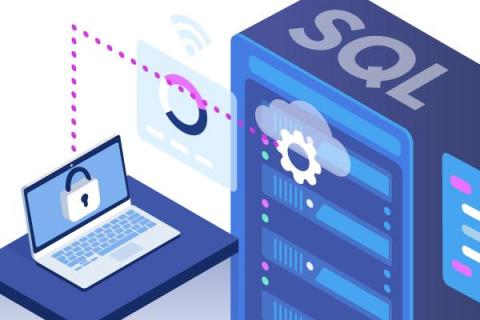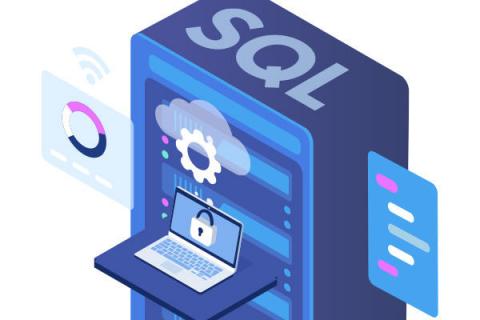Systems | Development | Analytics | API | Testing
Databases
Migrating from Node Redis to Ioredis: a slightly bumpy but faster road
This blog post tells the story of why and how we migrated from the Node Redis client library to Ioredis.
How to Use Fivetran dbt Packages to Accelerate Analytics
Fivetran dbt Packages accelerate analytics with off-the-shelf SQL for data modeling.
Benchmarking Redis with k6
Previously, I have covered an article on Load Testing SQL Databases with k6 . For your information, from k6 version 0.29.0 onwards, you can write a k6 Go extension and build your own k6 binaries. This comes in handy as you can use a single framework for load testing different protocols, such as ZMTQ, SQL, Avro, MLLP, etc. In this series of k6 extensions, let’s benchmark Redis now.
Securing Your SQL Server Application: Enabling Client-Initiated Encrypted Connections
In the previous article we discussed how to enable a server initiated encrypted connection to a Microsoft SQL Server. But what if we have a scenario where we do not want to incur the overhead of encryption for every application? In that scenario instead of configuring the server to force encryption we will instead need the client to initiate the encrypted connection.
How to Implement Change Data Capture in SQL Server
The Ultimate Guide to Heroku Postgres
Creating a COD Database
Securing Your SQL Server Application: Enabling Server-Initiated Encrypted Connections
Network encryption is a vital security step in hardening your application and guarding your data. Additionally, it is more often becoming a requirement by many organizations and laws (like HIPAA). In this article, we will discuss how to secure network communication between your application and the SQL Server database using an encrypted connection. We will demonstrate how encryption can be enabled and leveraged from SourcePro DB with no source code changes to your application.









